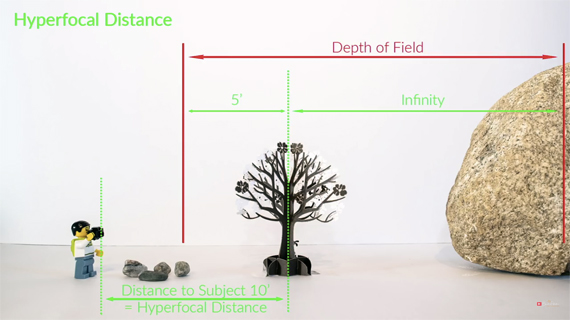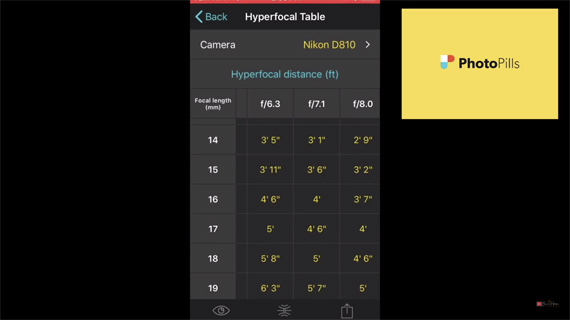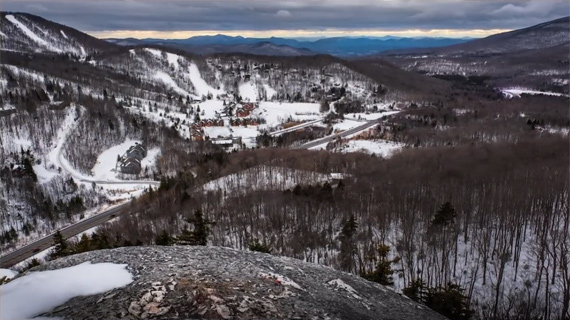Love taking photos of broad, sweeping landscapes but not sure where to focus to keep the entire landscape sharp? Landscape photographer Brenda Petrella tells us how to get the entire image acceptably sharp when there’s no particular subject in the scene:
Have you ever tried shooting a landscape on f/11 or above thinking that, since it was a narrow aperture, it would come out sharp? If so, you were probably disappointed. Contrary to popular belief, simply reducing your aperture won’t get you a sharp landscape from front to back. In fact, many lenses get softer as you stop down, and anything beyond f/14 or f/16 runs the risk of being a little soft (depending on the lens you’re using). That’s why simply stopping down to f/22 isn’t likely to give you a sharp landscape.
The fact is that lenses–even at smaller apertures–just can’t keep everything acceptably sharp at the same time. By focusing on something far away, you risk coming out with a soft or blurred foreground and vice versa. That’s why learning the hyper focal distance (where in the image to focus) is important.
The hyperfocus distance is the point at which you’ll achieve the maximum depth of field—the distance beyond which all objects can be brought into an acceptable focus.

What’s also helpful to know is that the same three factors that determine depth of field also determine the hyperfocus distance: aperture, focal length, and the circle of confusion of your lens.
The aperture is pretty straightforward (whatever f-stop you choose).
The focal length, if you’re using a zoom, if also whatever focal length you decide on.
The circle of confusion is determined by your camera’s sensor size. But since the circle of confusion is a bit confusing all you really need to know is that the larger your camera’s sensor, the closer the hyperfocus point will be. (Well, unless you’ll be figuring out the equations manually.)

In the days of film, a hyperfocus scale was printed on lenses so you could easily calculate the hyperfocus distance. Nowadays, you’ll either need to carry a chart or your smartphone with you. Even though apps such as PhotoPills and DOFMaster will do the conversions for you, it really doesn’t hurt to carry a chart with you if you’re a dedicated landscape photographer. There are likely to be times when you either can’t or don’t want to use your phone.

Just remember, focusing according to the hyperfocal length works well for many landscape shots but not all. If you have a subject in the frame, for example, you really should focus on your subject. Or if you’re wanting one part of your scene to be more in focus than another part, simply focus where you want it to be sharpest. And if you really need everything in the frame to be tack sharp, then you’ll need to resort to the more labor-intensive technique of focus stacking.
Go to full article: Hyperfocal Distance: Where to Focus for Sharp Landscape Photos
What are your thoughts on this article? Join the discussion on Facebook
PictureCorrect subscribers can also learn more today with our #1 bestseller: The Photography Tutorial eBook
The post Hyperfocal Distance: Where to Focus for Sharp Landscape Photos appeared first on PictureCorrect.
from PictureCorrect http://bit.ly/2FbmrPM
via IFTTT






0 kommenttia:
Lähetä kommentti